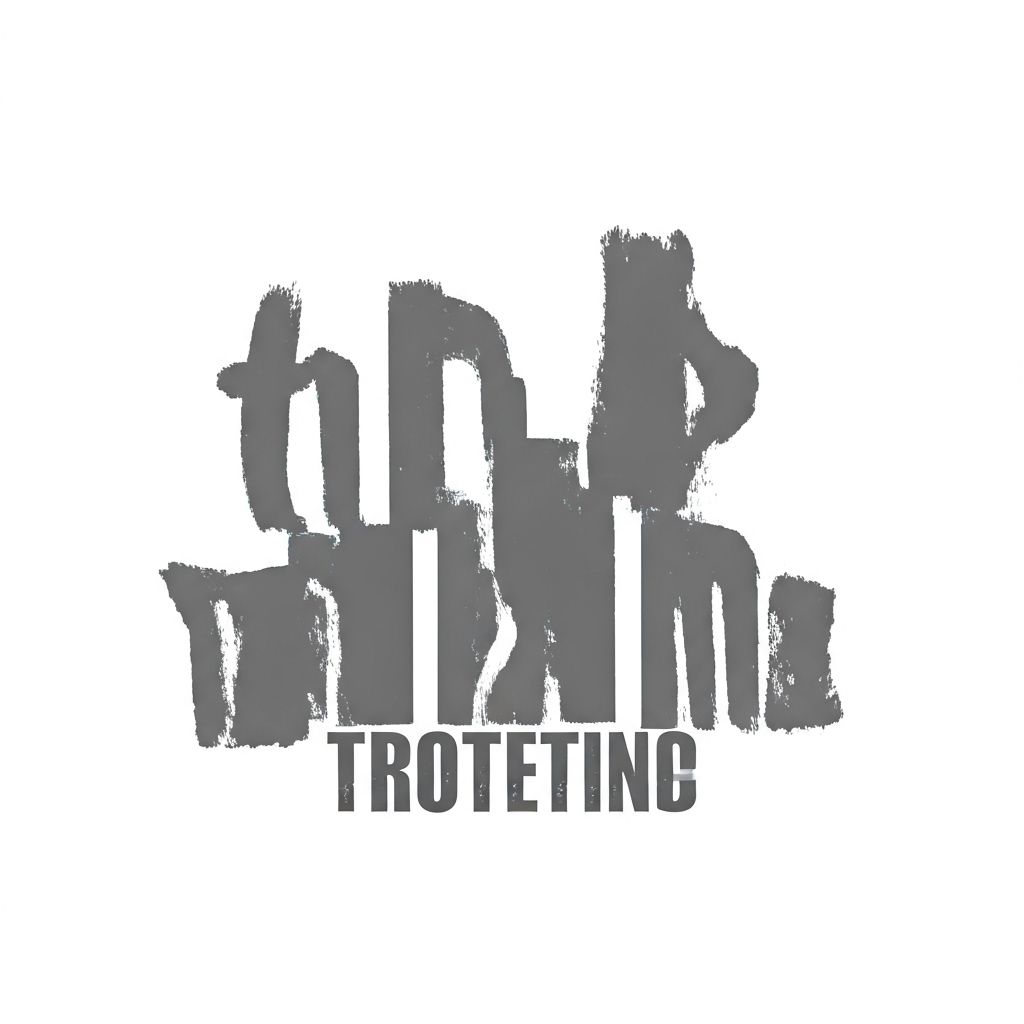What is a Trademark?
A trademark is a distinctive sign, symbol, word, or phrase that identifies and distinguishes your products or services from competitors. It's a valuable intellectual property asset that builds brand recognition and customer trust.
Benefits of Trademark Registration
- Legal Protection: Exclusive rights to use the mark
- Brand Recognition: Builds customer trust and loyalty
- Business Asset: Increases company valuation
- Legal Remedies: Right to sue for infringement
- Licensing Opportunities: Generate revenue through licensing
Types of Trademarks
Different types of marks can be registered:
- Word Marks: Text-based trademarks
- Device Marks: Logo or symbol-based marks
- Composite Marks: Combination of words and devices
- Sound Marks: Distinctive sounds or jingles
- Color Marks: Specific color combinations
Trademark Registration Process
- Trademark Search: Conduct comprehensive search for similar marks
- Application Filing: Submit application with required documents
- Examination: Trademark office examines the application
- Publication: Mark published in trademark journal
- Opposition Period: 4-month window for objections
- Registration: Certificate issued if no opposition
Documents Required
- Trademark application form (TM-A)
- Power of attorney (if filed through agent)
- Copy of trademark (logo/word mark)
- Proof of use or proposed use
- Identity proof of applicant
- Address proof of applicant
Trademark Classes
Trademarks are classified into 45 classes under the Nice Classification system. Choose the appropriate class based on your goods or services.
Maintaining Your Trademark
- Use the trademark consistently
- Monitor for infringement
- Renew registration every 10 years
- File for additional classes if expanding
- Maintain proper records and documentation
Conclusion
Trademark registration is essential for brand protection and business growth. Start the process early and seek professional guidance to ensure successful registration and ongoing protection.
